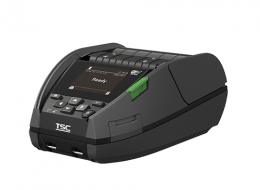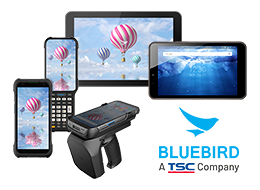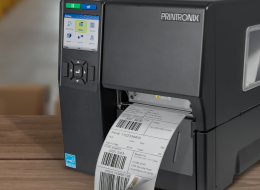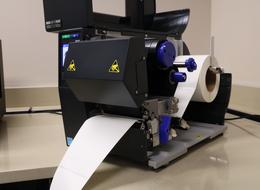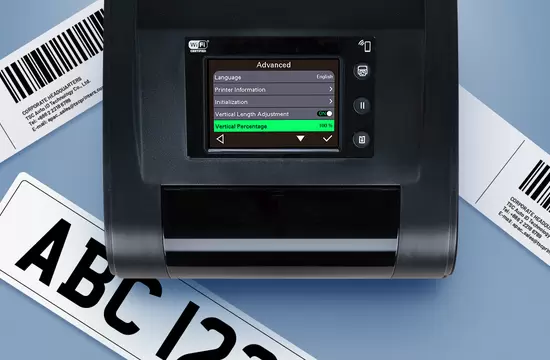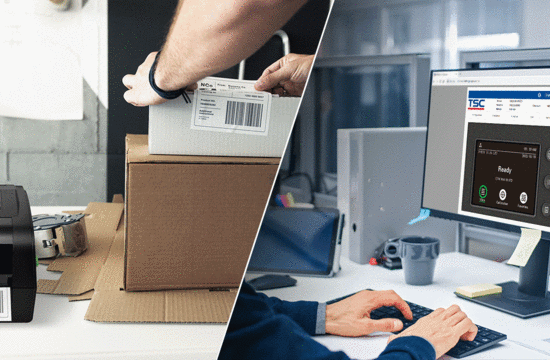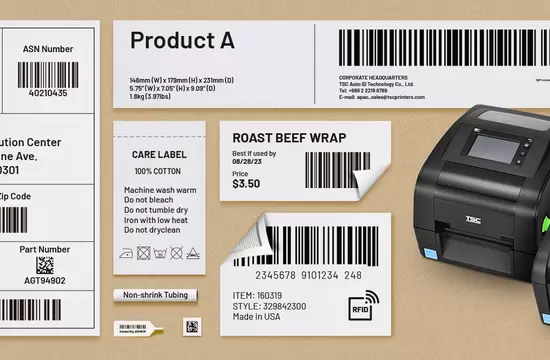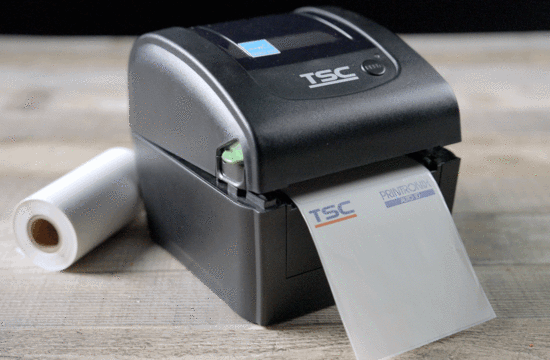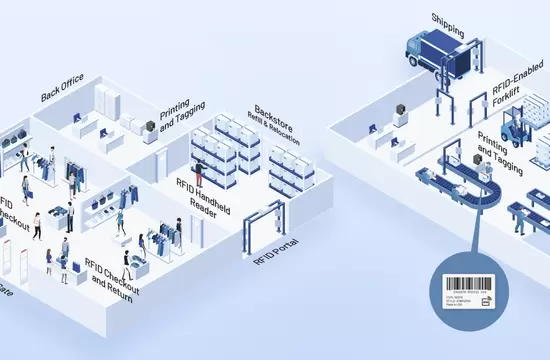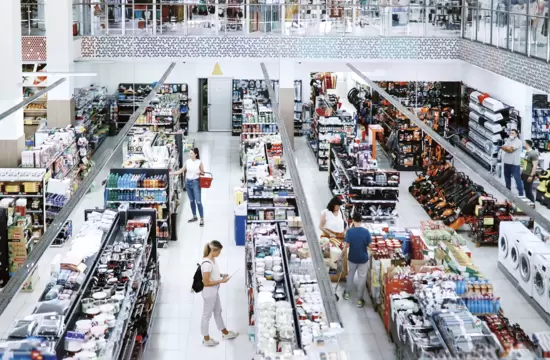Retail
Automotive
1429
/en/blog/automotive
Barcode Inspection
418
/en/blog/barcode-inspection
Cannabis
1430
/en/blog/cannabis
Company News
415
/en/taxonomy/term/415
Events and Tradeshows
1421
/en/blog/events-and-tradeshows
Food & Beverage
1426
/en/blog/food-beverage
Healthcare
1425
/en/blog/healthcare
High Resolution
414
/en/blog/high-resolution
Industry Trends
1419
/en/blog/industry-trends
Manufacturing
1424
/en/blog/manufacturing
Mobile Printing
1420
/en/blog/mobile-printing
Partner Perspectives
1461
/en/blog/partner-perspectives
Remote Printer Management
1432
/en/blog/remote-printer-management
Retail
1423
/en/blog/retail
RFID
416
/en/blog/rfid
Software Solutions
1433
/en/blog/software-solutions
Standalone
419
/en/blog/standalone
Supplies
417
/en/taxonomy/term/417
Supply Chain
1463
/en/blog/supply-chain
Tips & Best Practices
1431
/en/blog/tips-best-practices
Transportation & Logistics
1422
/en/blog/transportation-logistics
Warehouse & Fulfillment
1427
/en/blog/warehouse-fulfillment
In today's world, there is a great variety of media available to meet the growing demands of diverse printing applications. While having the ability to print long labels and specific labels for various vertical market applications is important, achieving precise printing is a different challenge altogether. These labels often pose difficulties as printers are typically designed for common or frequently used media. Additionally, printers need to be able to adjust for special or difficult media. That's where the TH DH Series comes in, offering an easy solution for printing difficult labels. The TH DH Series is specially designed to provide end users with precise label printing capabilities, with vertical DPI (dots per inch) being a key factor in achieving this level of accuracy.
Printer management is necessary for the proper functioning and completion of print jobs. Tasks such as printer configurations, condition monitoring, and troubleshooting are essential. However, managing printers, especially on a large shop floor or printer fleet, can be challenging. That’s why real-time remote management is a vital aspect of printer management as it allows for printer control from anywhere on the premises.
When you purchase apparel items, you will notice they always come with a hang tag and a care label.
In response to the growing issue of foodborne illnesses and contamination risks in the supply chain, governments are modernizing food traceability regulations. For instance, in the United States, the FDA Food Safety Modernization Act (FSMA) section 204(d) and in the European Union, Regulation (EC) No. 178/2002 are being implemented within the food and beverage industry. The focus of these regulations is on prevention and improving transparency to protect public health.
Businesses are currently grappling with economic uncertainties arising from labor shortages, supply constraints, and inflation, all of which hinder the post-pandemic recovery. As a business owner or leader, your goal is to ensure the long-term success and resilience of your company despite evolving market conditions and emerging technologies. A well-defined IT strategy can help you adapt swiftly, allowing for resource reallocation to align with changing priorities. So, what’s the most rational approach to long-term IT planning, particularly when it comes to label printing solutions?
As an IT manager, you know that time is money. And when a printer goes down, it can be a major disruption to your business, but also a distraction from your busy schedule. That's why TSC has developed the Rapid Deployment feature, which allows you to quickly and easily deploy new printers, or configure existing printers, with minimal downtime.
Rising demand for automation and complex labeling applications has made automatic labeling grow in importance across various industries. Increasing customization, labeling requirements, and technological advances have led many businesses to search for solutions that help them cope with these growing demands while improving productivity and efficiency.
The Importance of Selecting the Right RFID Partners and Printers for Your Retail E-Commerce Projects
Whether you are a retailer, supplier, or intermediary such as a logistics partner, the importance of selecting the right RFID partners, printers and equipment cannot be overstated. RFID is complex. In a recent RFID presentation from the world’s leading retailer, their overriding message was, “RFID is difficult but worth it.” This means that selecting the right partners and equipment is often the critical difference between success and failure.
As a supplier, we hope you are ready to begin applying RFID labels to your products for your retail customers. In this blog, we’ll detail the steps you need to follow to properly tag your items with RFID.
Do you supply products to a major retailer? If so, your customer might have mandated you begin RFID-tagging your products. What are some RFID basics to help you comply with this requirement?

